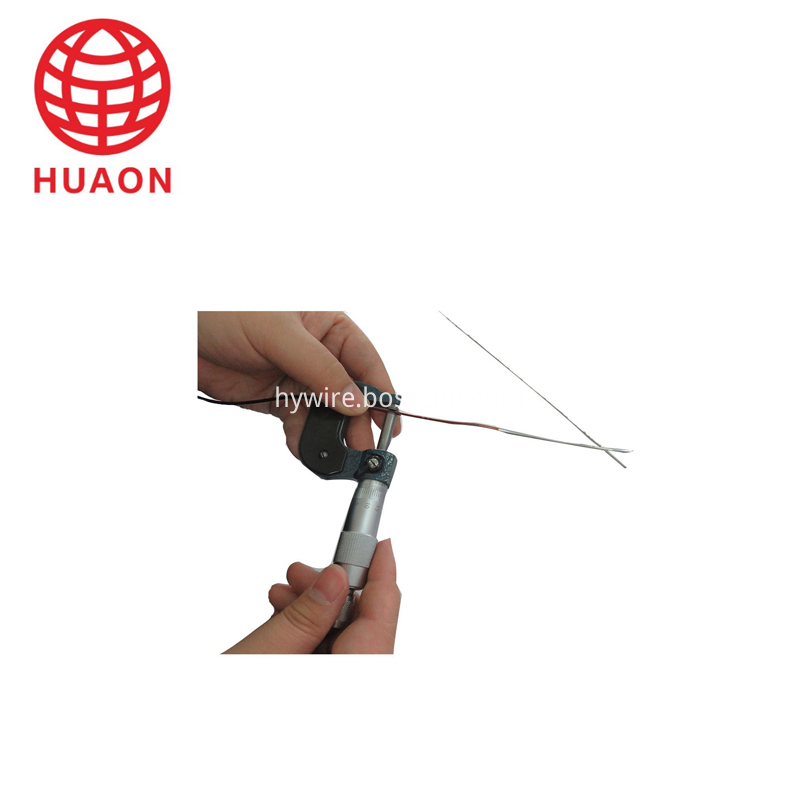Compared with liquid crystal panels, OLED technology has become a new hot spot in the development of international display fields due to its advantages of active illumination, ultra-thin, low power consumption, and bright colors. Global panel manufacturers have adopted the main technology layout and industrial layout to the OLED industry. Transfer.
Since the current LCD panel cannot be self-illuminated, it is necessary to rely on the backlight module, so there is a certain limit in the space for energy consumption improvement. In contrast, the emerging display technology AMOLED, due to its self-illuminating characteristics, can effectively reduce energy consumption according to each pixel of the graphic light and dark control panel.
Driven by South Korea's Samsung, AMOLED is the first to be applied to mobile phone products, making AMOLED applications in the mobile terminal market below 5 inches mature. It is foreseeable that the demand for AMOLED panels continues to grow. Total shipments of AMOLED panels are expected to reach 300 million units in 2015, a nearly six-fold increase from 2010.
At the beginning of 2012, Samsung and LG Display took the lead in launching 55-inch OLED products, which set off a hot investment in large-size OLED TVs. If the OLED panel is further applied to the TV market of 32 inches or more, the TV energy saving effect will be greatly improved. However, the large size of AMOLED products still faces enormous challenges, including stable process, high yield, material availability, high cost and longevity, which determine whether large-size AMOLEDs can enter the TV market smoothly.
Undoubtedly, AMOLED has inherent advantages in energy-saving technology. In the face of the Korean factory almost monopolizing the OLED market, Chinese manufacturers should expand the substrate production capacity and reduce costs; on the other hand, the self-made ability of materials and equipment is also very important for the development of the OLED industry.
In addition, the organic light-emitting layer material is the key to affect the performance of the AMOLED panel, and the AMOLED energy-saving should make a fuss about the upstream material. At the same current, how to make the light emitted by the organic light-emitting material brighter is the direction of the material manufacturers. At present, Japan, South Korea, Germany, and the United States material manufacturers have basically monopolized the AMOLED luminescent materials market, resulting in high prices of organic luminescent layer materials. In recent years, the Korean government and panel makers have jointly promoted the development of organic light-emitting layer materials in their domestic chemical plants. Both SMD and LGD have tried to reduce the production cost of panels by using cheaper domestic materials. In contrast, Chinese panel makers, although Taiwanese manufacturers have research and development, but the luminous efficiency is still poor, the mainland is still in the laboratory research and development stage, the materials rely on foreign imports, so the self-made ability of materials and equipment is also very important for the development of AMOLED industry.
| About EIW/A Enameled Aluminium Wire |
SWG enameled aluminum round wire for household appliance heat sink, Polyimide enameled round Aluminium Wire, class 220. Package: 250*500/250*400/250*600 wooden spool.

Product Name
Enameled Aluminium Wire EIW/A 1.20-3.00,CLASS C-220
Material
Aluminium
Type
EIW/A
Themal class
calss C -220
Country of origin
China(Mainland)
Used
motor,transformer,rectifier and such
Aluminum Winding Wire,Eiw/A Enameled Aluminium Wire,Reasonable Price Enameled Aluminum Wire,Enameled Winding Wire Pew
HENAN HUAYANG COPPER GROUP CO.,LTD , https://www.huaonwire.com
